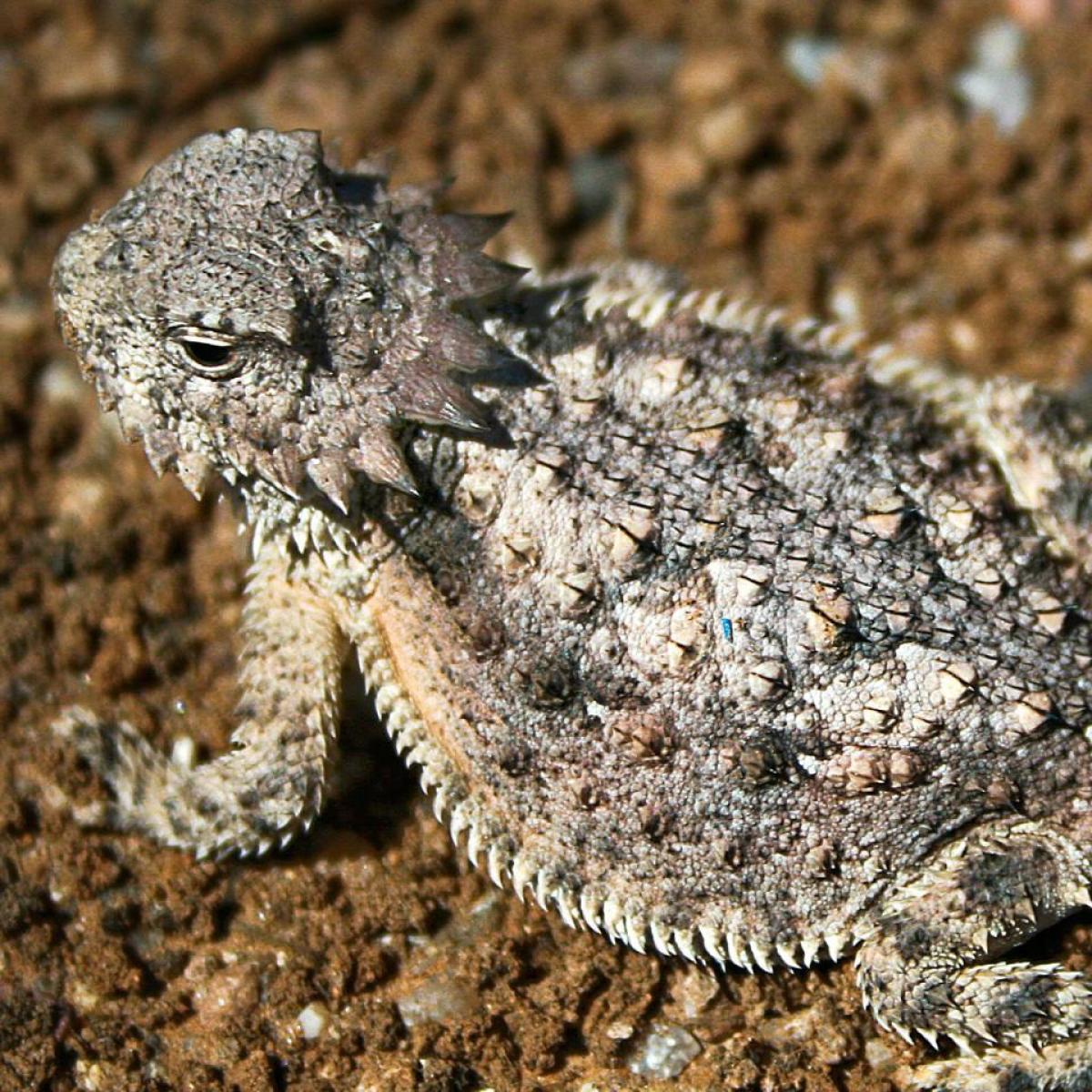Paper Protein Activity - Part 2 - Protein Channel
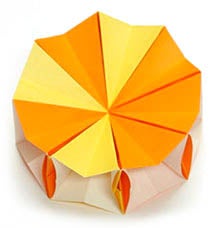
In Part 1 of this tutorial we showed you how to make one amino acid. You'll need repeat this 8 times with 8 different pieces of paper to have a total of 8 amino acid before moving on to Part 2.
Now we'll show you how to take your 8 amino acids and connect them together to make a finished protein channel.
Materials: You will need the 8 amino acids of the same size which you made in Part 1.
Tips: The best way to make folds is to lay the paper down on a hard, flat surface, such as a table. Its important to pay attention to the direction of the paper and make sure not to change it's orientation when following instructions.

You can find out more about how proteins fold into unique shapes to make and do work inside your body in the Protein Science section.
You can also download and print our Origami Protein Handout (PDF) for step-by-step instructions of how to make your protein channel, or watch this step by step video.
Let's Begin!
1. Make eight amino acids. Each amino acid has four tabs that open up into a pocket.
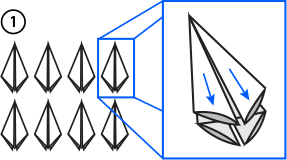
2. Place two amino acids so the open ends face each other. Insert the top tabs of one amino acid into the tabs of the other
3. Your paper should look like this
4. Fold your paper shape in half
5. Your amino acid should look like this
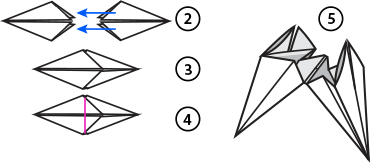
6. Continue adding units using step 2-4
7. When you are finished, you should have a string of 8 amino acids in a line. Bring the ends together and connect the tabs
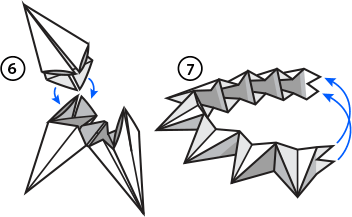
8. Your protein channel model is complete, and should like this
9. Your protein model can change shapes by flipping the point to the center, all at once.
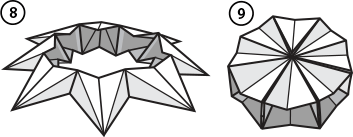
Read more about: Venom!
Bibliographic details:
- Article: Paper Protein Origami Activity - Part 2
- Author(s): Dr. Biology
- Publisher: Arizona State University School of Life Sciences Ask A Biologist
- Site name: ASU - Ask A Biologist
- Date published:
- Date accessed:
- Link: https://askabiologist.asu.edu/venom/folding-part2
APA Style
Dr. Biology. (). Paper Protein Origami Activity - Part 2. ASU - Ask A Biologist. Retrieved from https://askabiologist.asu.edu/venom/folding-part2
Chicago Manual of Style
Dr. Biology. "Paper Protein Origami Activity - Part 2". ASU - Ask A Biologist. . https://askabiologist.asu.edu/venom/folding-part2
Dr. Biology. "Paper Protein Origami Activity - Part 2". ASU - Ask A Biologist. . ASU - Ask A Biologist, Web. https://askabiologist.asu.edu/venom/folding-part2
MLA 2017 Style
Be Part of
Ask A Biologist
By volunteering, or simply sending us feedback on the site. Scientists, teachers, writers, illustrators, and translators are all important to the program. If you are interested in helping with the website we have a Volunteers page to get the process started.


